Crankshaft Manufacturing Process and Details
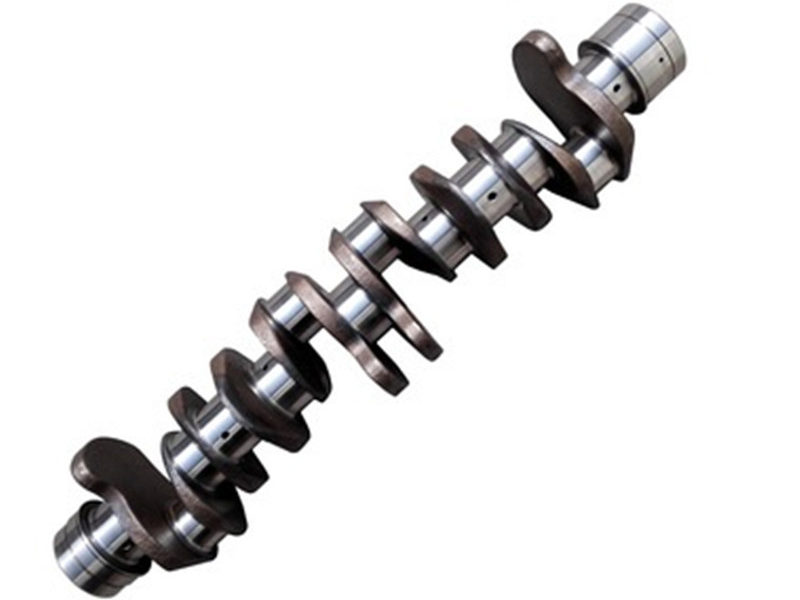


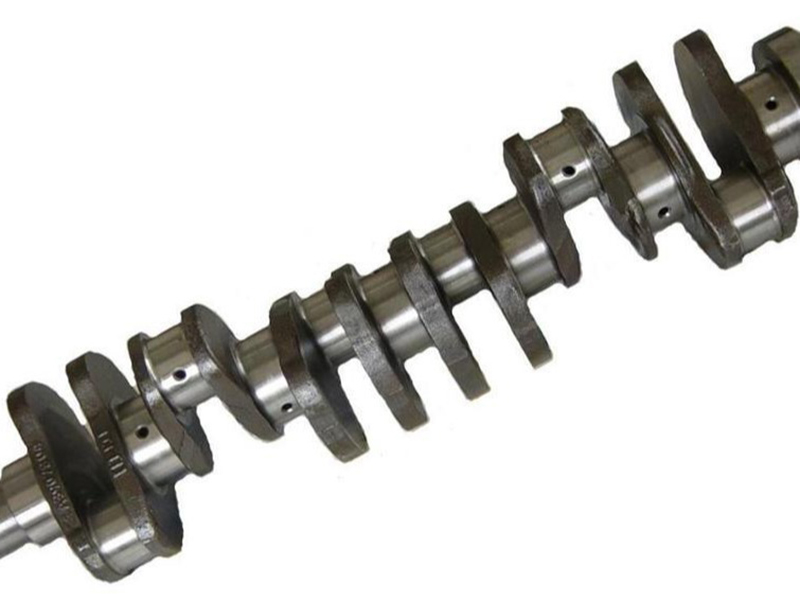
| Product name: | Crankshaft Manufacturing Process and Details |
| Keywords: | Crankshaft Material Selection, Crankshaft Forging, Crankshaft Heat Treatment, Crankshaft Machining |
| Industry: | Transportation - Automobile manufacturing industry |
| Process: | Forging - Free forging |
| Material: | Alloy steel |
Processing manufacturer
- There are 40 manufacturers that provide similar products
- There are 141 manufacturers that provide this processing technology
- There are 69 manufacturers that provide this material processing service
- There are 148 manufacturers that provide this industry processing service
Product details
The crankshaft is a core engine component, playing a crucial role in converting the piston's reciprocating motion into rotational motion and transmitting power. Due to its harsh operating conditions, it must possess high strength, high rigidity, and excellent wear resistance. Therefore, the crankshaft manufacturing process is extremely demanding, requiring multiple complex and precise steps.
Crankshaft Material Selection:
High-quality alloy steel or ductile iron is generally used in crankshaft manufacturing. Common materials include 40Cr, 42CrMo, 45# steel, and QT700-2. These materials have excellent hardenability and fatigue resistance, and can withstand the tremendous impact and torsional torque generated during high-speed operation.
Crankshaft Forging:
Forging is a key process in crankshaft forming and is primarily divided into open forging and die forging. Crankshafts for small and medium-sized vehicles are mostly produced using die forging, which offers high forming precision and production efficiency. Before forging, the raw material must be heated to approximately 1150°C to 1250°C to ensure good plasticity. Through multiple processes, including pre-forging and final forging, the rough blank is initially formed into the general outline of the crankshaft.
Crankshaft Heat Treatment:
Heat treatment is an essential step in crankshaft manufacturing, primarily aimed at improving the mechanical properties and service life of the crankshaft. Common heat treatment processes include normalizing, quenching and tempering, and case hardening. Normalizing relieves forging stresses and refines grain size; quenching and tempering further improves strength and toughness. Some high-performance crankshafts also require high-frequency quenching or induction hardening to achieve a high hardness on the crankshaft journal surface and enhance wear resistance.
Crankshaft Machining:
After forging and heat treatment, the crankshaft undergoes multiple machining operations to achieve precise dimensional and geometric tolerances. The main processes include:
Rough machining: Turning removes excess metal and pre-machines the journals.
Semi-finishing: Further machining is performed on various parts of the crankshaft, leaving a small amount of excess.
Finishing: Fine grinding and polishing are used to ensure that the main journals and connecting rod journals meet the designed dimensions, surface finish, and geometric accuracy requirements.
Crankshaft Dynamic Balancing: To ensure smooth engine operation, the crankshaft must be dynamically balanced after machining. By drilling holes in the counterweights or installing balancing blocks, the mass distribution of the crankshaft is evenly distributed, reducing vibration and noise during operation and extending the engine's service life.
Crankshaft Quality Inspection: After crankshaft manufacturing, it undergoes rigorous quality inspections, including dimensional inspection, hardness testing, metallographic testing, and flaw detection, to ensure that the product is free of defects such as cracks and inclusions and meets technical requirements.
Crankshaft Material Selection:
High-quality alloy steel or ductile iron is generally used in crankshaft manufacturing. Common materials include 40Cr, 42CrMo, 45# steel, and QT700-2. These materials have excellent hardenability and fatigue resistance, and can withstand the tremendous impact and torsional torque generated during high-speed operation.
Crankshaft Forging:
Forging is a key process in crankshaft forming and is primarily divided into open forging and die forging. Crankshafts for small and medium-sized vehicles are mostly produced using die forging, which offers high forming precision and production efficiency. Before forging, the raw material must be heated to approximately 1150°C to 1250°C to ensure good plasticity. Through multiple processes, including pre-forging and final forging, the rough blank is initially formed into the general outline of the crankshaft.
Crankshaft Heat Treatment:
Heat treatment is an essential step in crankshaft manufacturing, primarily aimed at improving the mechanical properties and service life of the crankshaft. Common heat treatment processes include normalizing, quenching and tempering, and case hardening. Normalizing relieves forging stresses and refines grain size; quenching and tempering further improves strength and toughness. Some high-performance crankshafts also require high-frequency quenching or induction hardening to achieve a high hardness on the crankshaft journal surface and enhance wear resistance.
Crankshaft Machining:
After forging and heat treatment, the crankshaft undergoes multiple machining operations to achieve precise dimensional and geometric tolerances. The main processes include:
Rough machining: Turning removes excess metal and pre-machines the journals.
Semi-finishing: Further machining is performed on various parts of the crankshaft, leaving a small amount of excess.
Finishing: Fine grinding and polishing are used to ensure that the main journals and connecting rod journals meet the designed dimensions, surface finish, and geometric accuracy requirements.
Crankshaft Dynamic Balancing: To ensure smooth engine operation, the crankshaft must be dynamically balanced after machining. By drilling holes in the counterweights or installing balancing blocks, the mass distribution of the crankshaft is evenly distributed, reducing vibration and noise during operation and extending the engine's service life.
Crankshaft Quality Inspection: After crankshaft manufacturing, it undergoes rigorous quality inspections, including dimensional inspection, hardness testing, metallographic testing, and flaw detection, to ensure that the product is free of defects such as cracks and inclusions and meets technical requirements.
Previous article : Reels: The Control Center for Ship Cable Deployment and Retrieval
Next article : Q420 Cut-to-Size Parts Custom Processing
Similar products
More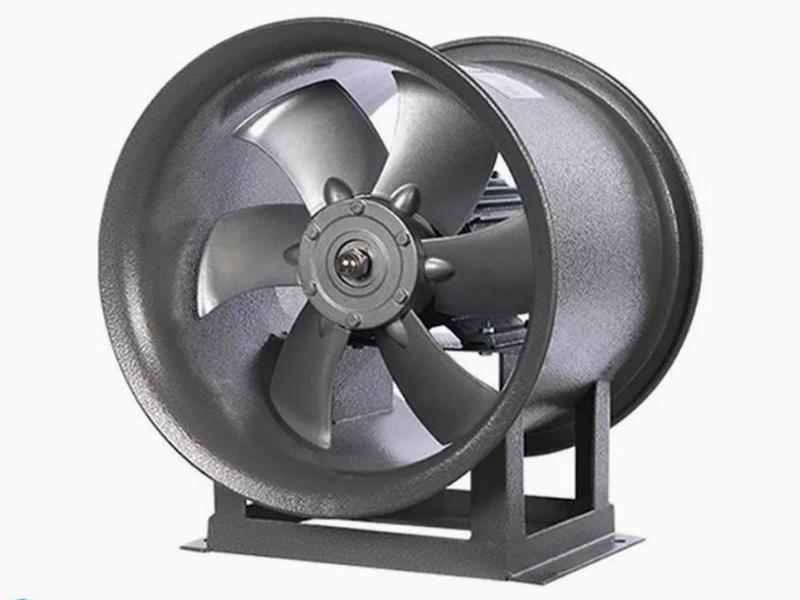
What are the machining processes used for processing axial fan housings
- Process : Sheet metal - Welding
- Material : Carbon steel
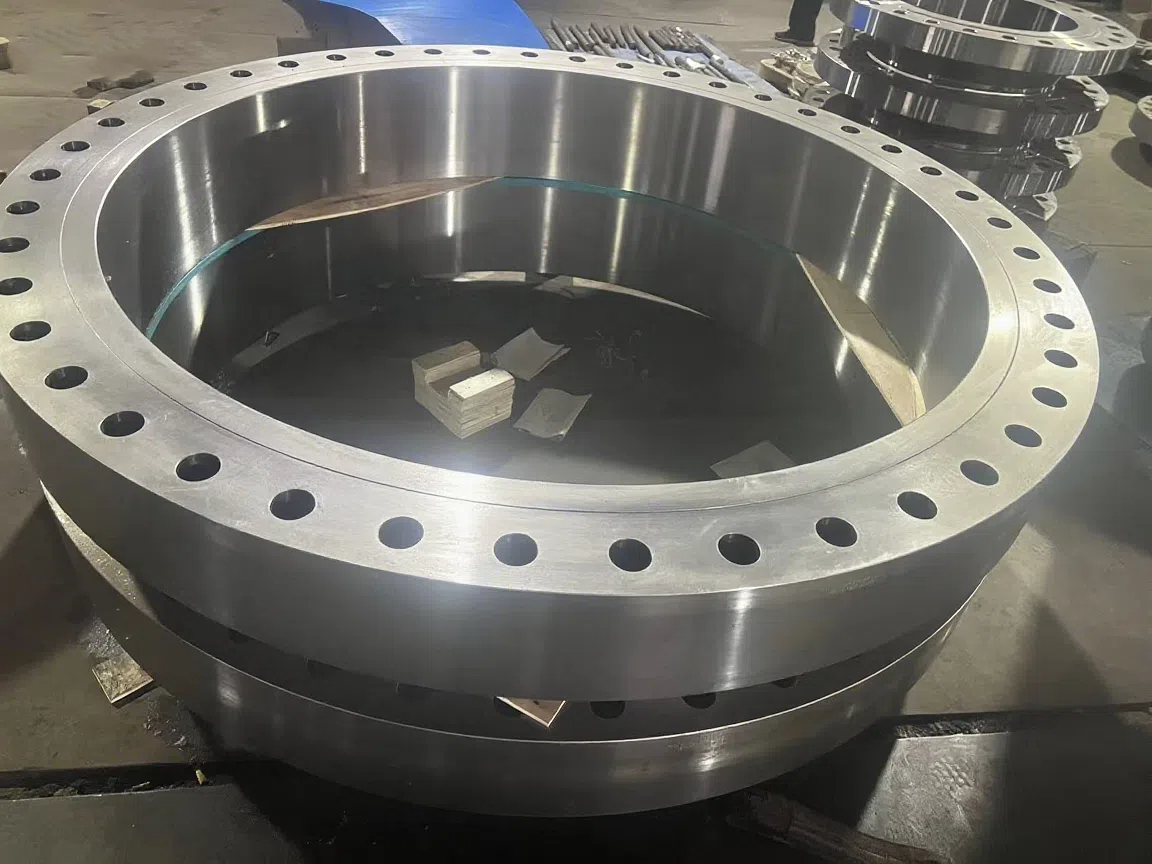
Heavy-Walled Flange Milling-Turning Machining and Flaw Detection
- Process : Machining - Turning Milling compound
- Material : Alloy steel
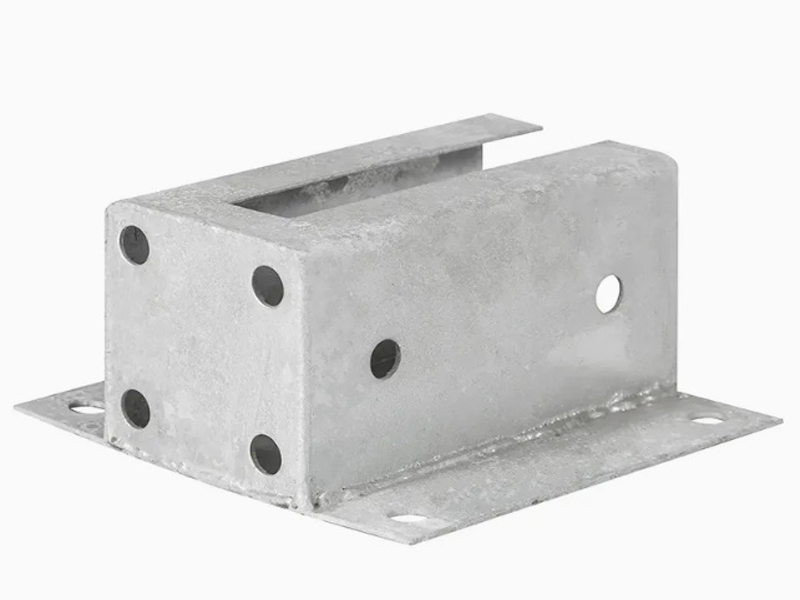
Machining Process Analysis of Carbon Steel Fixed Anchor Plates
- Process : Machining - CNC milling or milling machining
- Material : Carbon steel
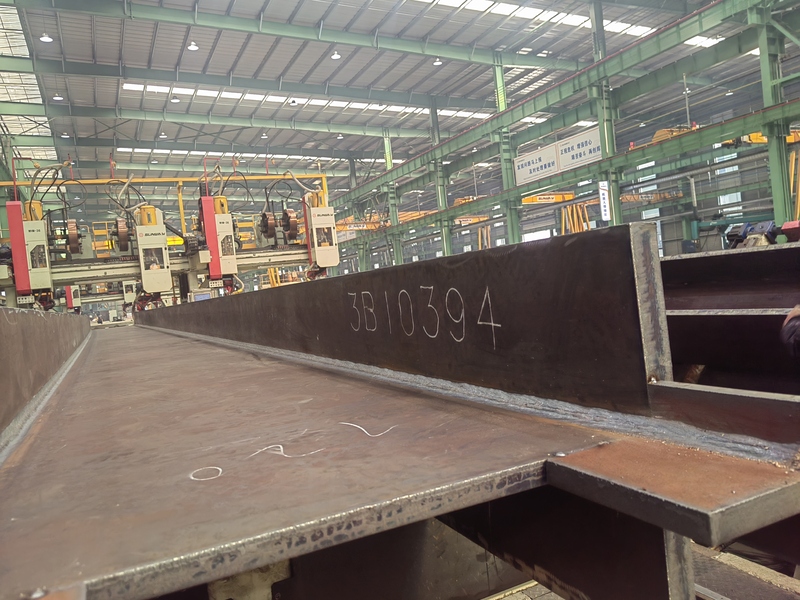
Custom Fabrication of S355JR Welded H-Beams for Construction Projects
- Process : Sheet metal - Welding
- Material : Carbon steel
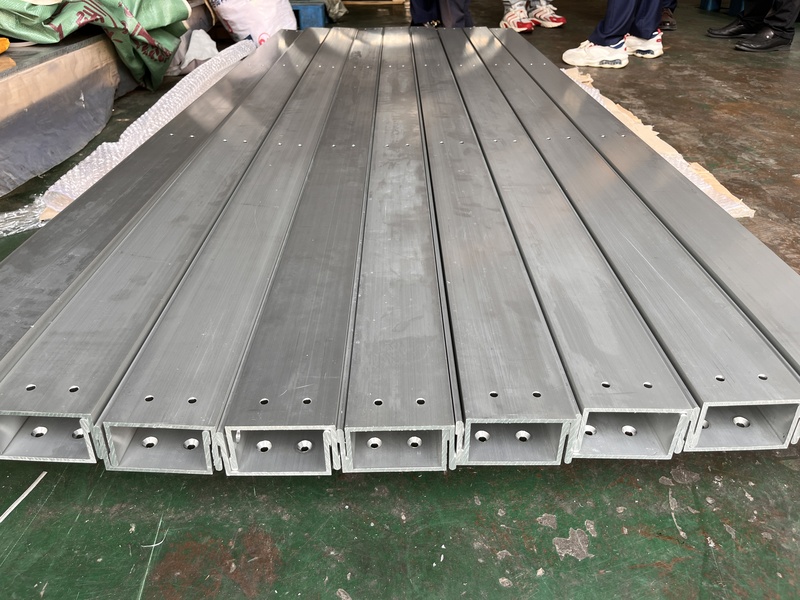
Precision Machining of U-Steel Profiles for Building Applications
- Process : Stamping - General stamping
- Material : Aluminum
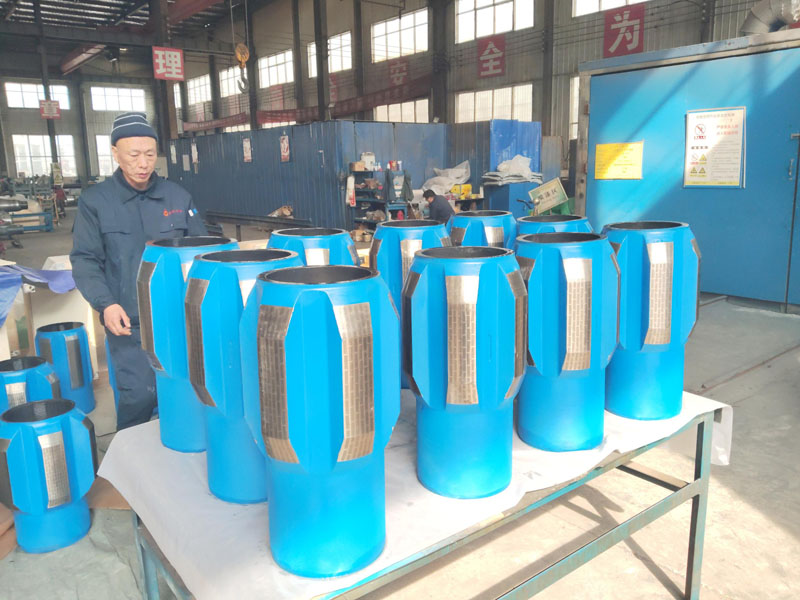
Drill Stabilizers Applied in Oil Drilling Platforms
- Process : Machining - Five-axis machining
- Material : Alloy steel
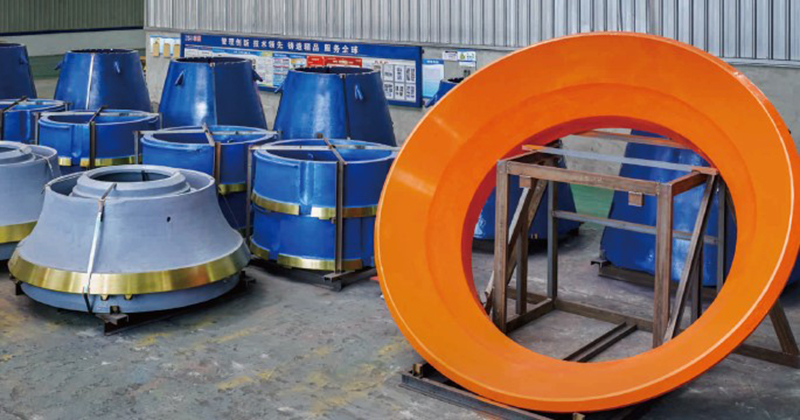
Cone Crusher Mantle
- Process : -
- Material :
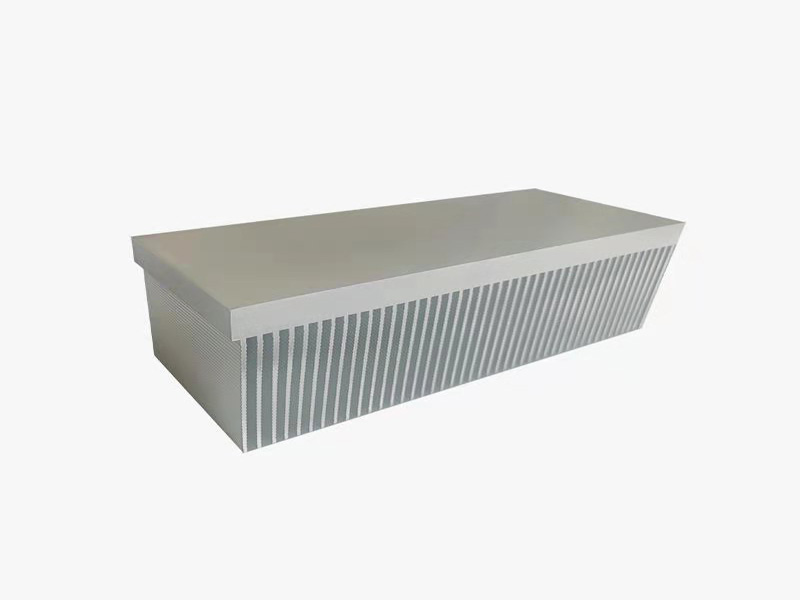
Innovative skiving technology: Breaking through the bottleneck of high-density heat dissipation technology
- Process : Surface treatment - Others
- Material : Alloy steel
More products
More
What are the machining processes used for processing axial fan housings
- Process : Sheet metal - Welding
- Material : Carbon steel

Heavy-Walled Flange Milling-Turning Machining and Flaw Detection
- Process : Machining - Turning Milling compound
- Material : Alloy steel

Machining Process Analysis of Carbon Steel Fixed Anchor Plates
- Process : Machining - CNC milling or milling machining
- Material : Carbon steel

Custom Fabrication of S355JR Welded H-Beams for Construction Projects
- Process : Sheet metal - Welding
- Material : Carbon steel

Precision Machining of U-Steel Profiles for Building Applications
- Process : Stamping - General stamping
- Material : Aluminum

Drill Stabilizers Applied in Oil Drilling Platforms
- Process : Machining - Five-axis machining
- Material : Alloy steel

Cone Crusher Mantle
- Process : -
- Material :

Innovative skiving technology: Breaking through the bottleneck of high-density heat dissipation technology
- Process : Surface treatment - Others
- Material : Alloy steel